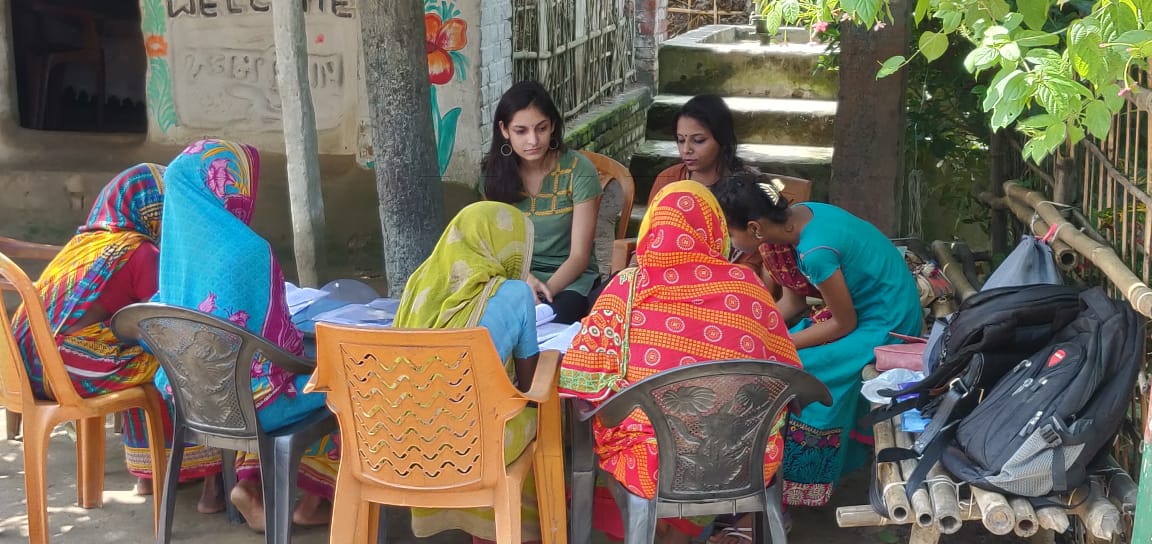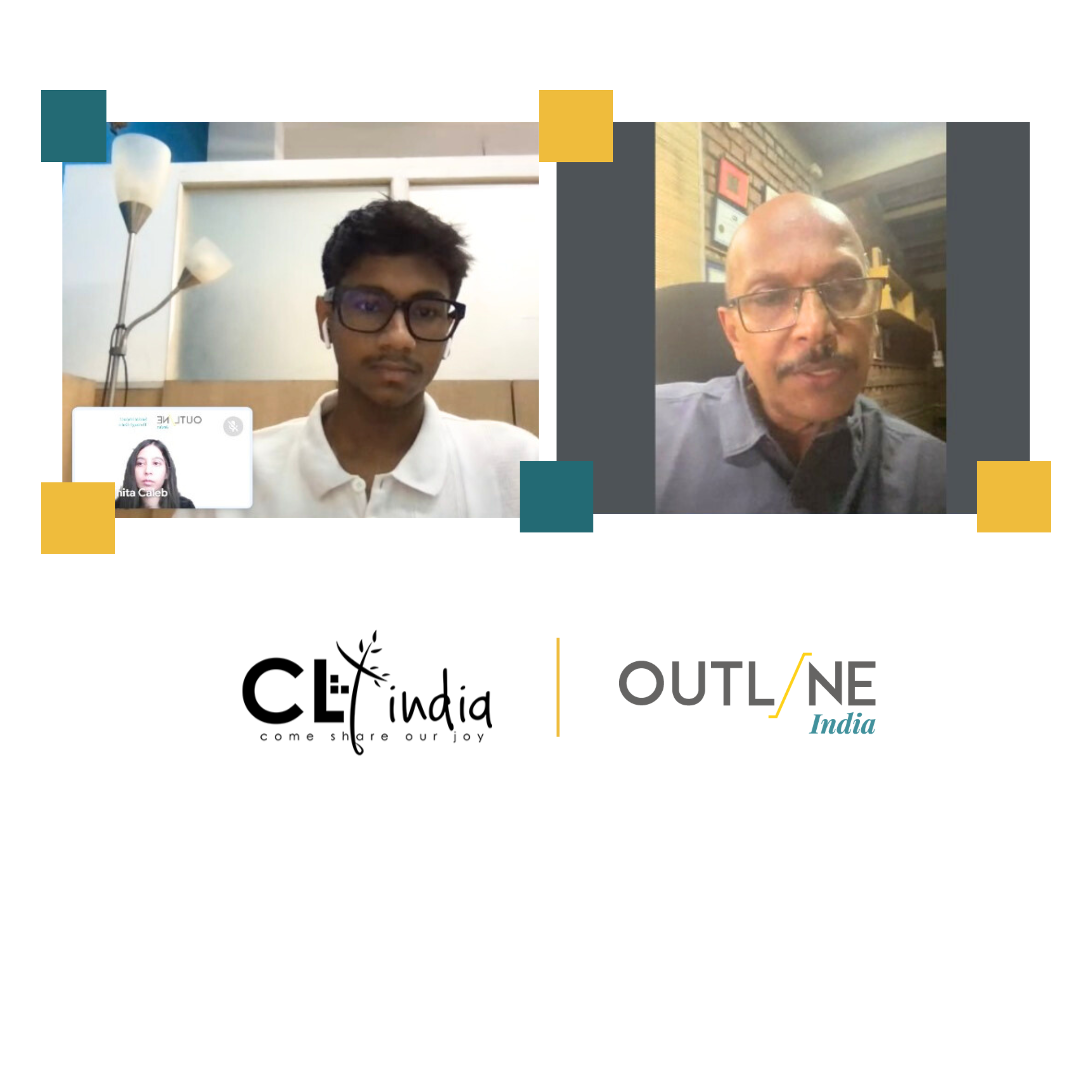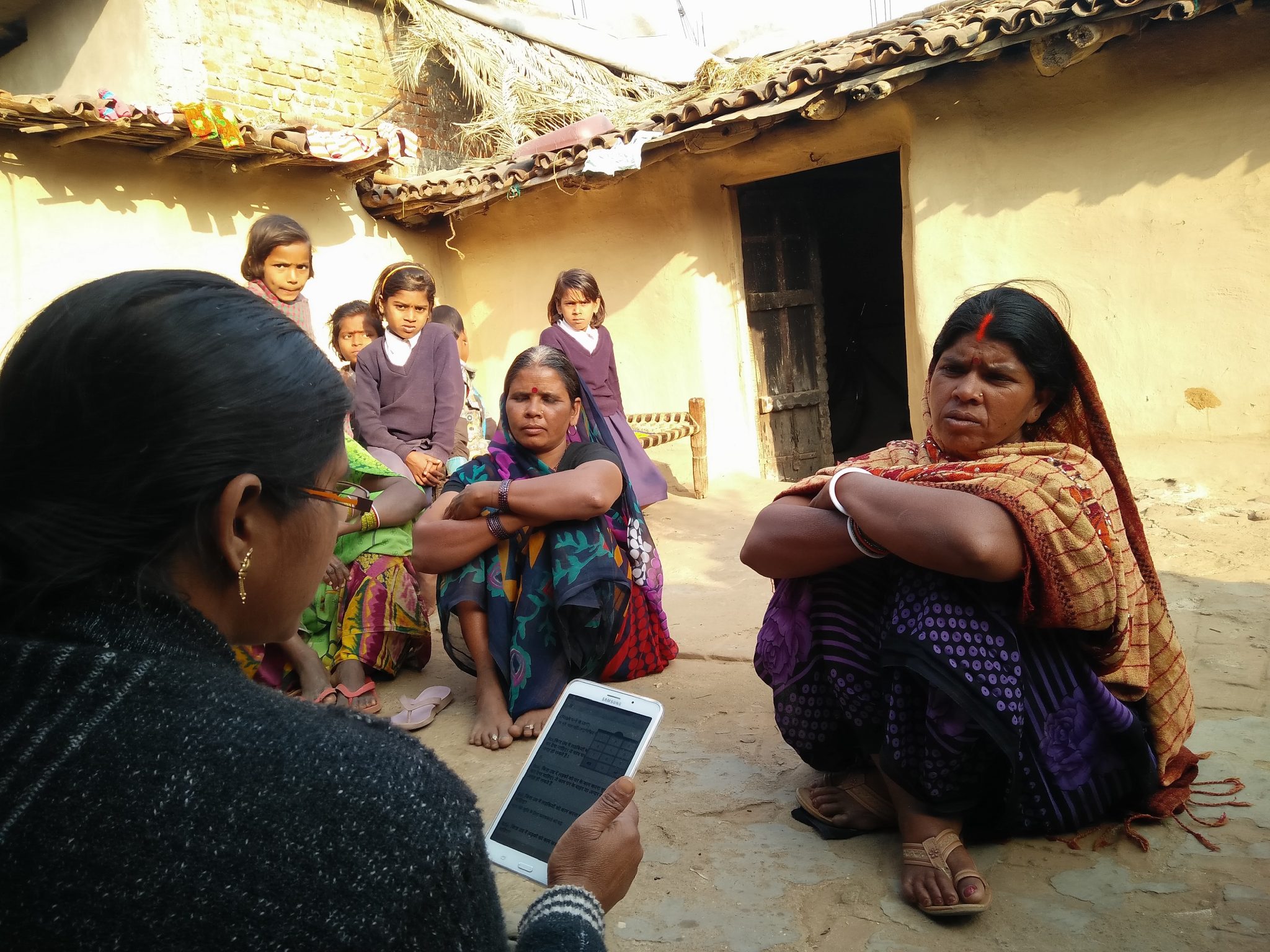Blog Details
Fieldwork in India can be daunting as well as an exhilarating experience. My first field experience was a bit of both. Our team conducted a study on the lives of young women and the issues faced by them, in rural India. Needless to say, given the cultural context in India, issues faced by them are topics of absolute taboo. To be able to facilitate a nuanced conversation with the women about the intricacies of the state of their health and the precautions that they take is a task in itself. But moving beyond this challenge was in many ways necessary as it gave us a peek into the lives of those who do not have the power of a voice. This story is about the voiceless; for whom the decisions are taken without seeking their permission. This story is about the women of rural India.
One of the first interactions that we had on the field was with women of the concerned village. Five to six women walked into the room where the discussion was to take place, all draped in sarees, some even carrying babies in their arms. Even though I knew that child marriage is an everyday phenomenon in rural India, the first reaction that I registered on meeting the respondents (married women) was shock. Having been trained in social sciences, I have studied elaborately on the concept of child marriage and the legalities of it; but right there, in that room, in front of me were these women who were too young to have even finished high school. We all knew this situation was a given; we had in fact moved beyond the legal aspect of it a long time ago while prepping for our focus-group-discussion tools for a survey. But witnessing the reality of it was a different ballgame altogether.
As we began conversing with these young women, we noticed that it was difficult to get them to answer our questions. We broke the ice by asking them general questions about their lives in the village; we wanted to get an idea about the extent of education that women in rural India have access to, the mobility that they have within the public sphere and how they envisage their personal lives to shape up, given the opportunity. When asked whether they would prefer if their parents chose husbands for them or they would like to choose themselves, they were confused and looked perplexed. They had never been given the option of making any decisions - be it about when to marry, whom to marry and whether to marry at all. Most decisions regarding their life are made by their parents who are in turn dictated by societal norms. Through the conversations, we got an idea about when married women in the concerned village had their first child (most of them already had children of their own) and about the predominant challenges (be it about the lack of use of contraceptives or decisions regarding the number of children to have) faced by married women of their age.
Interestingly, each group of married women had one or two dominant speakers who would be leading the conversation. For instance, a woman named Rukmini Devi (name changed) was below the legal marital age, yet had three children of her own. We asked women about the number of children that women in rural India are expected to have. While most of these women were hesitant to answer, having been socialized to treat such issues as a taboo, Rukmini stated and I quote, “We are cursed, we hope that we get a male child soon, or we will have to keep on bearing children. I blame God for our condition and just hope that soon I have a male child”. Though we knew the underlying premise of her statement, given the cultural biases towards a male child in India, her statement beautifully articulated her wrath, desperation and helplessness at the same time.
While female infanticide is an open secret in India, son-preference is the other side of the coin. Millions of women struggle with reproductive health issues on account of the dominant notion of son-preference. Impactful as Rukmini’s words were, they had a broader significance in the sense that they portrayed the struggle of every woman who does not have the right to make decisions for them. Their subjective voices are submerged under the pressure of other more powerful voices of the society at large. Being part of the discourse that they are, these women neither have the resources to resist, nor the awareness that comes along with education, to mobilize. Paradoxically, the socializing agencies within the discourse more often than not justify the oppressive cultural notions, so as to perpetuate the same across generations.








David Angel Makel
IT ConsultantIt is a long established fact that a reader will be distracted by the readable content page looking at its layout point of using normal